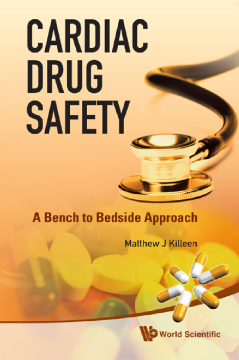
Additional Information
Book Details
Abstract
Ensuring the safety of new medical products remains a major challenge for the pharmaceutical industry. Cardiac safety, particularly drug-induced heart rhythm abnormalities, remains an important cause of pipeline attrition and has resulted in countless major product recalls or label changes. The risk of encountering this major adverse event continues to shape the drug development and regulatory landscape.Extensive research over the past decade has shed light on the root causes of arrhythmias that are triggered by medications and has helped drive, and optimize, drug safety testing. However, current cardiac safety platforms have several limitations and there remains a pressing unmet need to improve the predictive power of today's drug safety tests.Fundamental to addressing the problem of drug-induced arrhythmias, and to reducing the impact of this safety signal on drug development, is a complete understanding of how these events may arise, what cardiac safety tests are currently used, and what opportunities there are to enhance patient safety and reduce the risk of detecting cardiac toxicity in later stages of product commercialization. By introducing the reader to these core concepts, this book delivers key insight into the increasingly important and dynamic field of cardiac safety.
